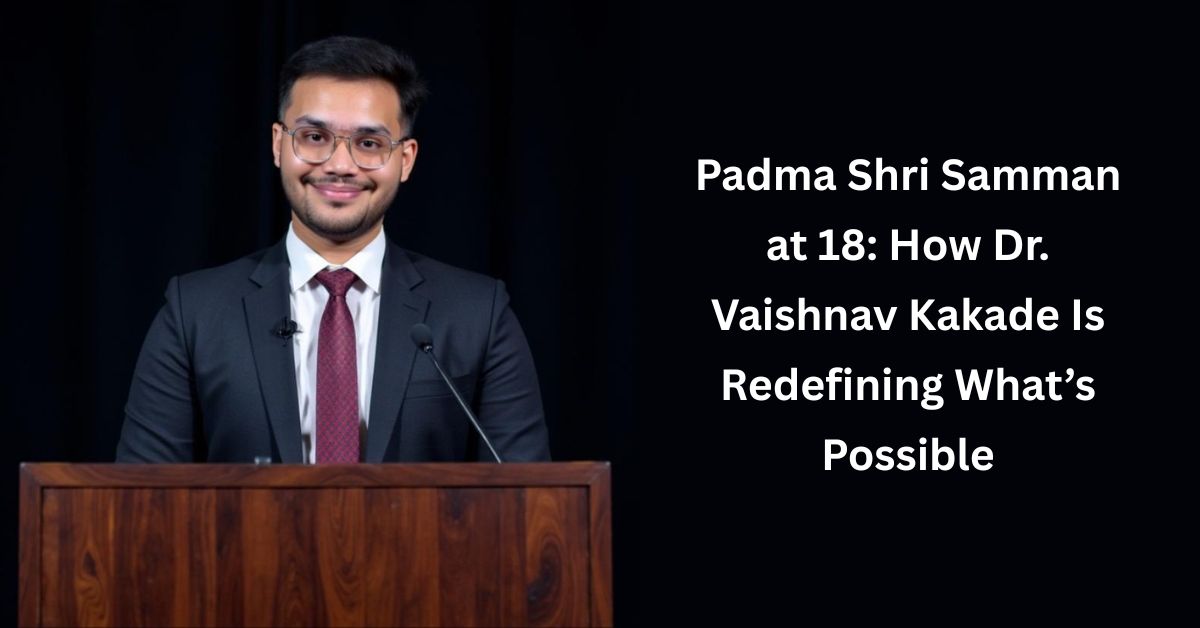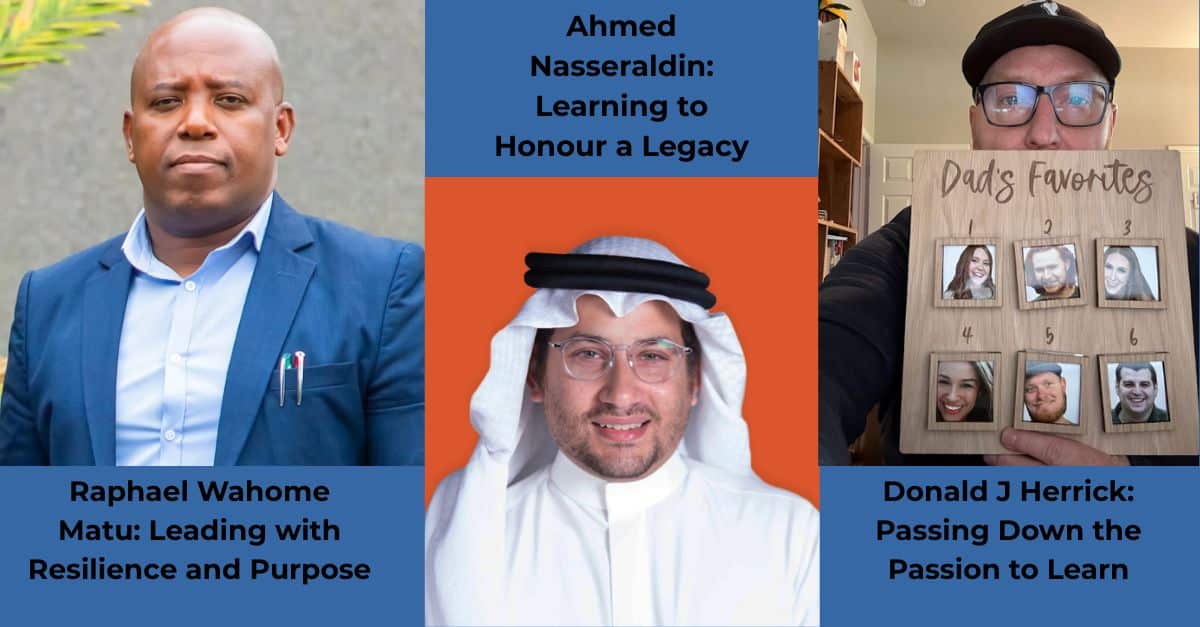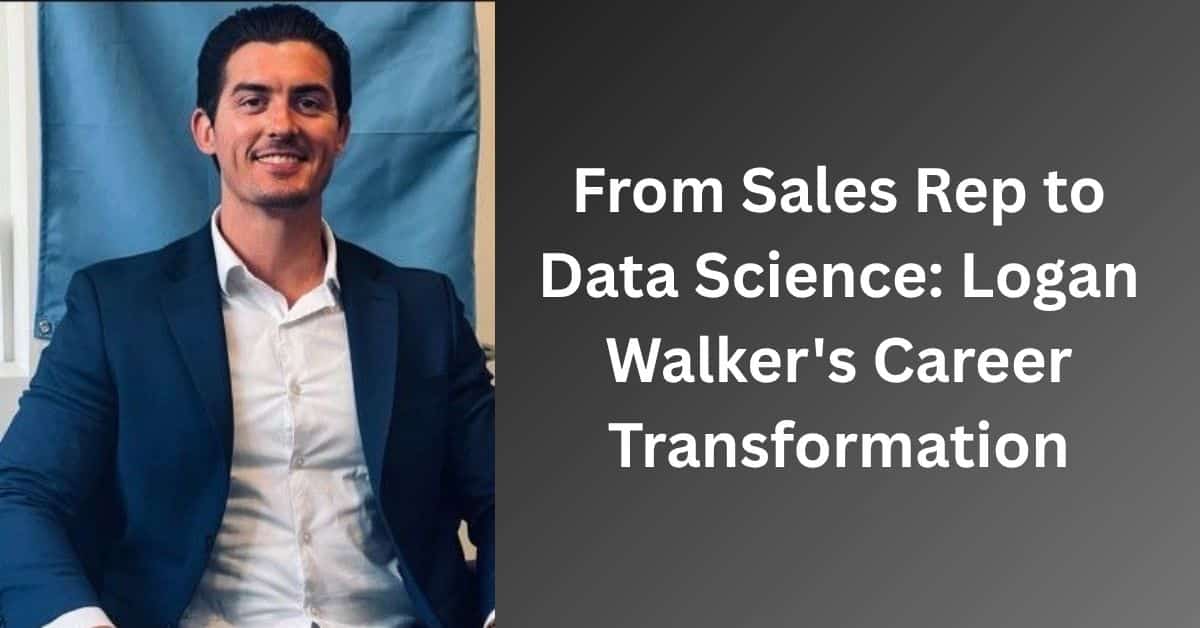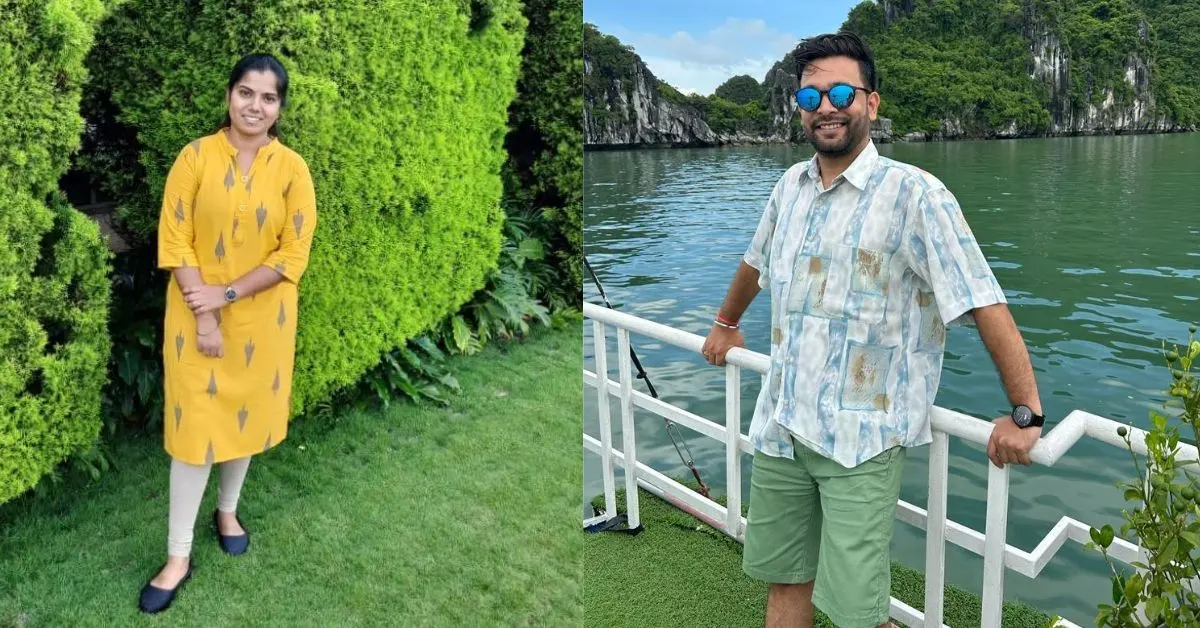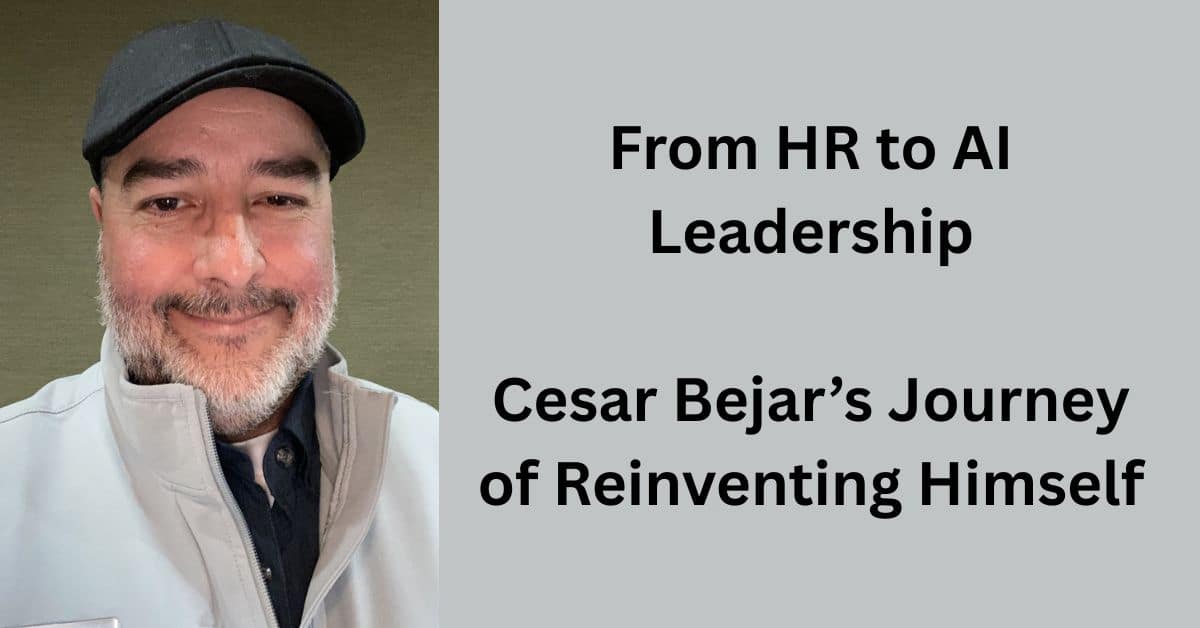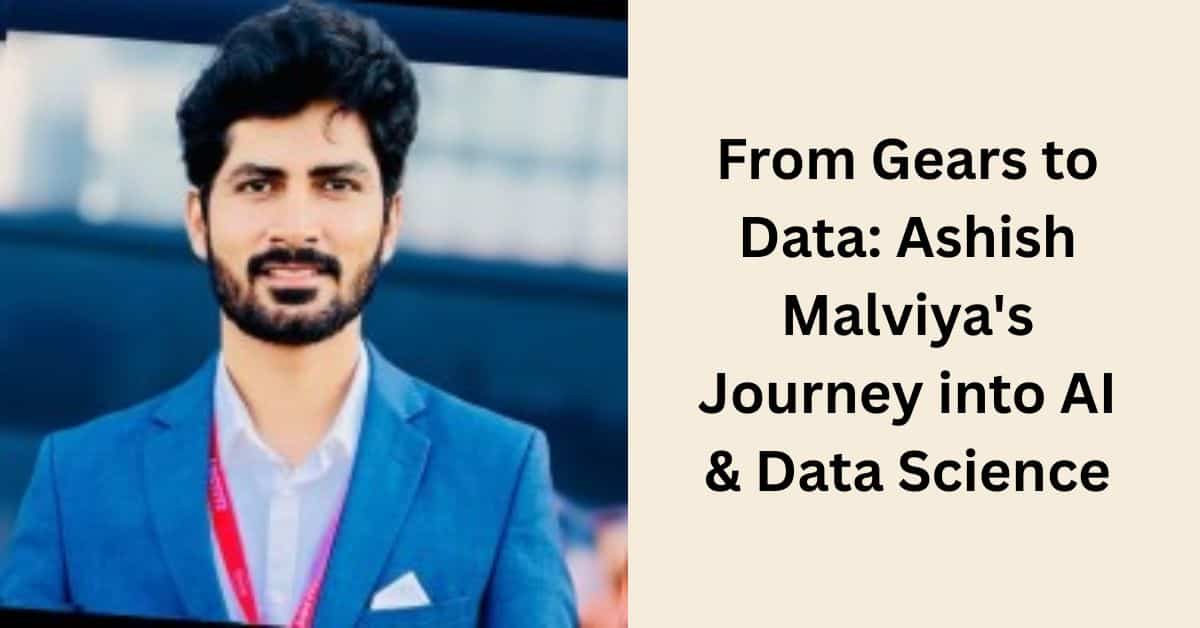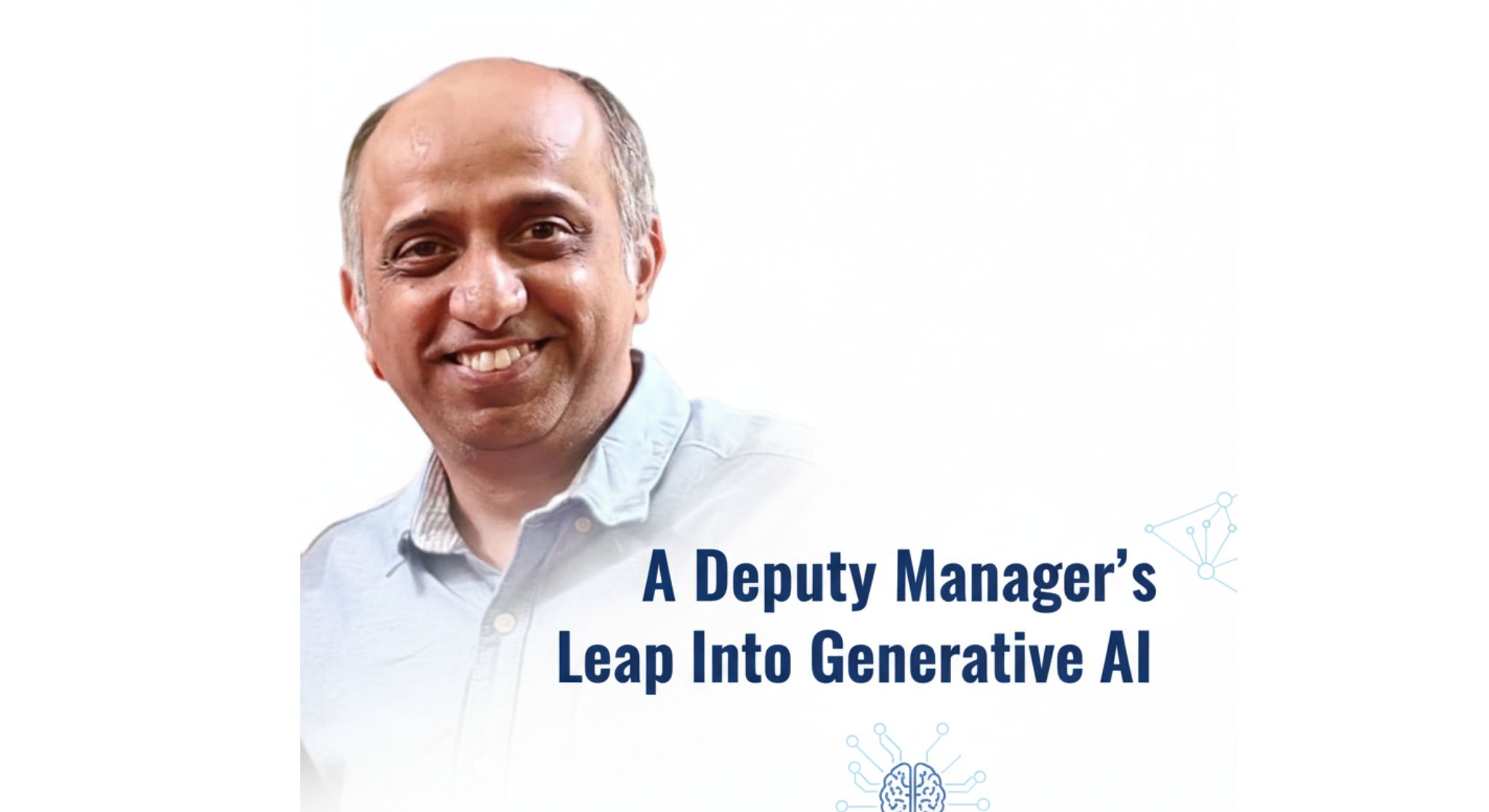By Mayuri Shivam
Dr. Vaishnav Shailesh Kakade, an 18-year-old high school graduate from Pune, doesn’t fit the typical mold. Driven by insatiable curiosity and unwavering conviction, Vaishnav is meticulously crafting a future where Albert Einstein’s general relativity might integrate with quantum mechanics. This endeavor, often called the holy grail of physics, is a testament to his ambition. In 2024, the world noticed his extraordinary determination.
Dr. Vaishnav has been awarded the prestigious Padma Shri Samman for his exceptional contributions to education and social work. The distinguished award is presented to individuals who showcase immense potential, while further fast-tracking them to receive the highly sought-after Padma Shree award. Headlines understandably proclaimed him a "prodigy." But beneath such impressive accolades lies a richer narrative: one of self-directed discovery, relentless pursuit of knowledge, and an unshakeable belief that understanding the universe can, and should, change it for the better.
A Universe Ignited, One Book at a Time
"I'm born and brought up in Pune, specifically in Talegaon Dabhade," Vaishnav shares. He attended Blossom Mobley School, Tata. By age six, Vaishnav was engrossed in exploring the cosmos, devouring biographies of astronauts and physicists. Complex theories, for him, weren't daunting, but fascinating subjects.
"I was always fascinated by space," he recounts. "From sixth grade, I started reading about Einstein, Neil Armstrong, it never felt like studying, it just pulled me in." This cultivated deep intellectual hunger.
By eighth grade, his personal library held over sixty books on cosmology and physics. The COVID-19 pandemic, a global challenge, became a period of profound acceleration for Vaishnav. He found the time to create. His debut science-fiction novel, Beyond Time’s Veil, emerged, an imaginative exploration into a world shaped by the Big Bang.
"It was at this moment that I got the idea of ‘Beyond Time’s Veil’, where I merged science with fiction and created a fictional story from the Big Bang Theory," he explains. This act of developing concepts based on reality initiated something grander. Fiction gave way to rigorous physics, and ideas about time, space, and matter developed into something significant and original.
The Quantum Relativity Concept: A Theory Born from the Heart
"After that, I got into research, and I thought of creating a theory which merges Albert Einstein's general relativity with quantum physics," Vaishnav explains. This ambitious goal addresses a fundamental challenge: unifying general relativity (large scales) and quantum mechanics (particles) has eluded physicists for decades. This led to his groundbreaking Quantum Relativity Concept (QRC). "I tried merging Albert Einstein's general relativity with quantum physics using my quantum relativity concepts, QRC."
This self-devised, bold attempt to unify these realms demonstrated understanding beyond his age. "I wanted to find common ground between Einstein’s equations and quantum mechanics," he states. "It came from a place of deep curiosity."
To refine his audacious theory, Vaishnav needed sophisticated tools: simulations, precise programming, formal learning, and mentorship. His gaze turned to his father, who achieved significant professional growth through online learning.
The Digital Leap: Where Curiosity Meets Code
Vaishnav witnessed his father's transformative educational journey. "My dad enrolled in a program offered by the McCombs School of Business at The University of Texas at Austin in collaboration with Great Learning as he had a strong interest in analytics." Vaishnav shares. "After completing the program, he also got an increment in his job."
"I saw how the Olympus platform supported my father’s growth. That made me feel it could also be a great opportunity for me."
Amidst his final year of high school, Vaishnav enrolled in the Data Science and Machine Learning program by MIT IDSS. “The DSML Program by MIT IDSS helped me build simulations, improve my coding skills, and make data-driven decisions while working on this theory.”
He speaks with enthusiasm about the Recommendation Systems module: "The end module was undoubtedly my favorite one; it has practical relevance across many domains." This module helped him identify literature gaps and apply AI to refine QRC. Coding became a powerful tool to translate his abstract ideas into a tangible, testable reality. Most recently, BW Education profiled his journey, highlighting how his QRC theory, research in sustainability, and public science outreach through AstroBrain are challenging conventional expectations and inspiring the next generation of scientists.
From Cosmic Queries to Earthly Concerns
While focused on cosmic theories, Vaishnav always maintained a strong connection to real-world issues. During his 11th and 12th grades, he made a conscious decision: "I saw those two years as a turning point, a chance to focus on something bigger than myself and work toward the betterment of humanity."
During an 11th-standard holiday, he sought a fellowship with the World Food Prize Foundation, researching climate change’s effects on food security across India.
"I visited old households, farmers, and I created a framework on how we could really eradicate this issue," he details. This diligence culminated in a sustainability framework, recognized by the Foundation and appreciated by the World Bank. His paper was placed alongside the work of Nobel Peace Prize laureate and father of the Green Revolution, Dr. Norman Borlaug, who personally appreciated his program. “That moment gave my research journey a real edge,” Vaishnav shares. “It gave me the confidence to believe I’m capable of groundbreaking work, which helped me significantly with developing QRC.”
The Echo of Excellence

This blend of innovation, empathy, and self-directed learning led to accolades few achieve. In 2024, Vaishnav was honored with the Padma Shri Samman. Beyond this, he holds five world records (including a gold medal in the International Astronomy and Astrophysics Competition, IAAC). He also received honorary doctorates: a Doctor of Philosophy in Physics from Kennedy University, St. Lucia, and an Honorary Doctorate in Records Breaking from World Records University.
To further extend his path, Vaishnav launched AstroBrain, an innovative platform for space science education, empowering students across India. Today, his focus remains sharp: evolving his QRC theory and forging collaborations with leading scientists globally.
"I want to make QRC a stronger candidate for the Nobel Prize. I want to bring the Nobel Prize in Physics home to India," he declares.
